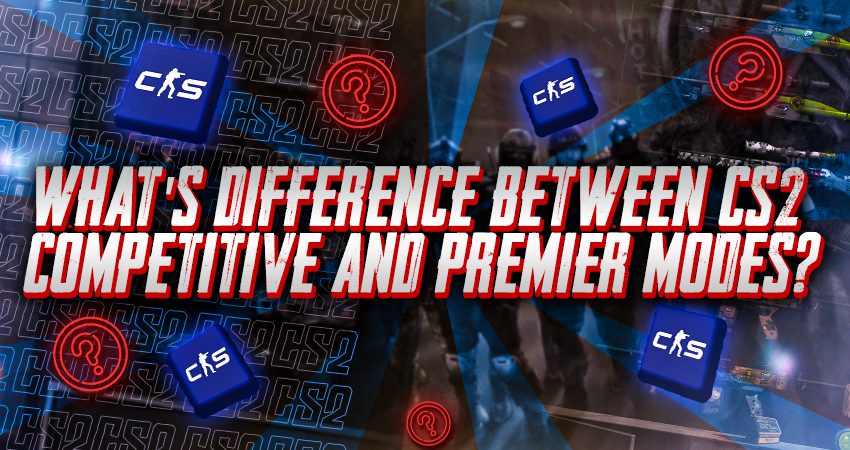
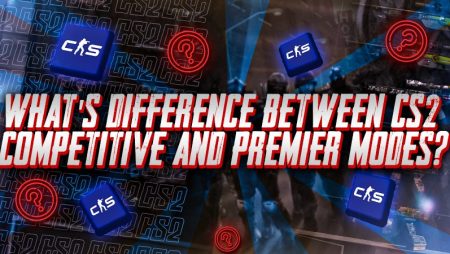
Premier has become the flagship ranked mode in CS2, while Competitive remains a more casual option for players looking to rank up without leaderboard pressure. But many players still don’t understand how these two modes actually differ- or why they sometimes can’t queue up with friends.
This article breaks down the key differences between Competitive and Premier so you can decide which one fits your playstyle.
Key Differences Between CS2 Premier and Competitive
Here’s a quick overview of what separates the two modes:
- Ranking System: Premier uses MMR (CS Rating) and a global leaderboard, while Competitive uses the classic 18-rank system (map-specific).
- Skill Level: Premier has a more serious, high-skill player base. Competitive is more casual and varied.
- Unlock Requirements: Competitive is free to play (after reaching Private Rank 2). Premier requires Prime Status.
- Map Selection: Competitive lets you choose maps before queueing. Premier uses a map veto phase before each match.
- Map Pool: Premier uses the active map pool; Competitive may feature more variety.
If you’re unsure which mode to play or want to understand how each one works better, keep reading for a full breakdown.
Ranking System

The biggest difference between the two modes is how progress is measured.
Competitive uses the traditional 18-rank system- from Silver I to Global Elite. These ranks are assigned per map, meaning your performance on Mirage won’t affect your rank on Nuke or Inferno.
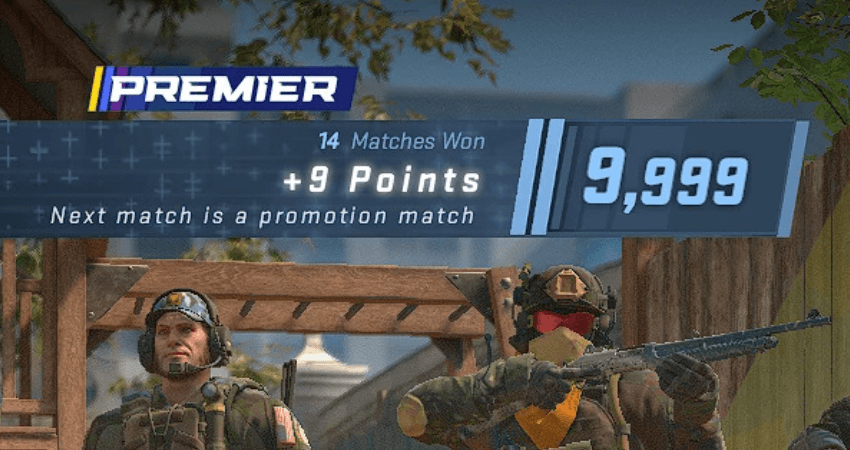
Premier, on the other hand, uses a Matchmaking Rating (MMR) system. It gives you a single CS Rating based on your overall performance, regardless of the map. Higher MMR means stronger opponents, and your position on the leaderboard reflects your skill more broadly.
[RELEVANT: CS2 Ranking System Explained]
Matchmaking Skill Level
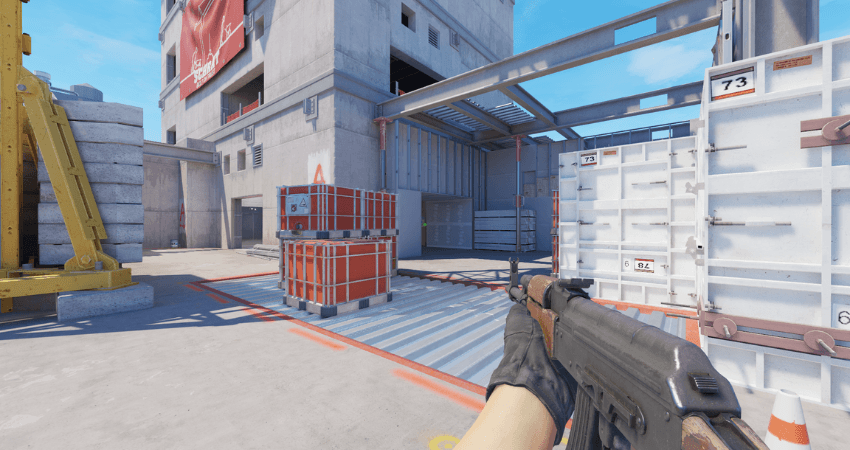
Since the release of CS2, most serious players have shifted their focus from Competitive mode to Premier. The leaderboard system, MMR, and structured matchmaking make Premier the preferred mode for players who want to track their progress more clearly.
As a result, the overall skill level in Premier is noticeably higher. Matches are often more intense, and players tend to communicate better, play structured setups, and take each round more seriously. It’s become the new benchmark for competitive Counter-Strike.
Competitive mode, while still active, now sees a broader mix of casual and experienced players. Some use it for warm-up games or to practice certain maps, while others simply prefer the looser structure. That’s why Competitive is often seen as more relaxed, but also more inconsistent in terms of match quality.
Unlock Requirements

Unlocking access to each mode is very different. Competitive mode is available to all players once they complete the basic requirements- usually just a few matches to reach Private Rank 2. There’s no cost involved, and it’s meant to be accessible for new players who want to experience ranked gameplay early on.
Premier mode, on the other hand, is locked behind the Prime Status Upgrade. This requires a one-time purchase and acts as a filter for more serious players. On top of buying Prime, players must also reach CS2 Rank 10 before they can queue for Premier matches.
While this system might feel restrictive to newcomers, it helps keep the quality of games high. It prevents brand-new or disruptive accounts from jumping straight into serious matches. We think this was a smart move by Valve to maintain a more focused and competitive environment in Premier.
Map Selection
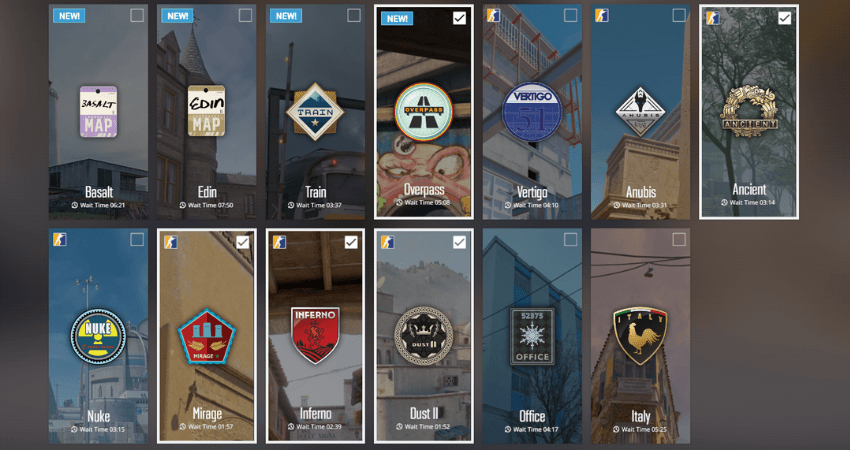
Map selection is one of the biggest differences between these two modes. In Competitive, you choose exactly which map you want to play. This makes it ideal for players who are learning specific maps or want to avoid certain ones entirely. It’s flexible and convenient, especially if you’re queuing with friends who prefer the same maps.
Premier mode doesn’t let you pick a map. Instead, you enter a veto phase before each match starts. Teams take turns banning maps until one remains. This map veto system creates a more strategic pre-match environment and forces players to know multiple maps. It’s modeled after pro play and makes the experience feel more serious and tactical.
While some players prefer the control offered in Competitive, we believe the veto system in Premier creates a more balanced match, especially when both teams are evenly skilled.
Map Pool
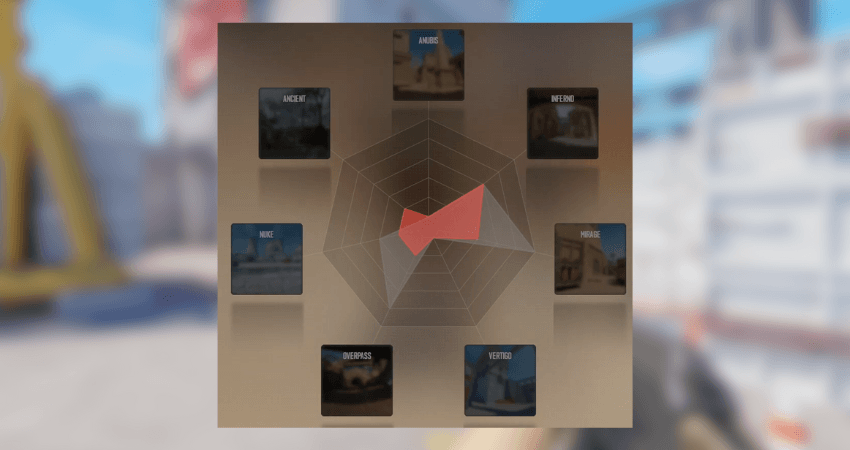
Each mode pulls from a different set of maps. Premier uses only the Active Duty map pool- this is the official set used in pro tournaments and Valve-sponsored events. These maps are carefully selected to provide a balanced and competitive experience. As of now, Premier includes:
- Train
- Mirage
- Nuke
- Ancient
- Anubis
- Inferno
- Dust 2
Competitive mode includes a wider selection, including both Active Duty maps and additional ones not used in Premier. For example, Basalt, Edin, Palais, and Whistle were added to the Competitive map pool, while maps like Vertigo, Thera, Mills, Memento, and Assembly were recently removed. These changes apply only to Competitive, not Premier.
Unlike other games, Valve doesn’t rotate the Premier map pool often. It stays consistent unless there’s a major gameplay or esports update. This stability makes it easier for players to focus on learning the maps used in serious ranked play.
[RELEVANT: How To Get Better in CS2?]
Summary
| Aspect | Competitive Mode | Premier Mode |
|---|---|---|
| Ranking System | 18 fixed ranks per map (Silver I to Global Elite) | Numerical MMR with leaderboard position |
| Skill Level | Mixed levels, more casual overall | Higher average skill level, more competitive |
| Unlock Method | Free after reaching Private Rank 2 | Requires Prime Status (paid) |
| Map Selection | Pick specific maps before queuing | Map veto system before each match |
| Match Format | Best of 13 rounds, side switch after 12 | Same 13-round format with side switch |
| Map Pool | Varied pool, changes over time | Active competitive pool only |
Conclusion
Competitive and Premier modes differ in ranks, skill requirements, unlock methods, and map availability. Despite these differences, gameplay stays identical. You won’t need to relearn mechanics when switching between modes. If you’re deciding which mode to play, Premier currently provides the best competitive experience.

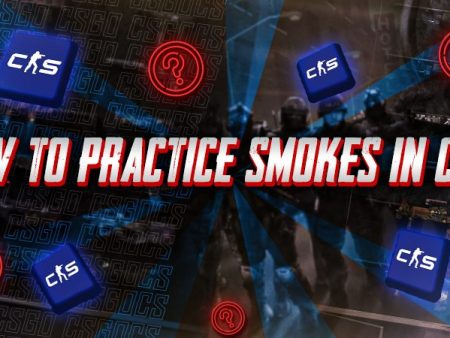
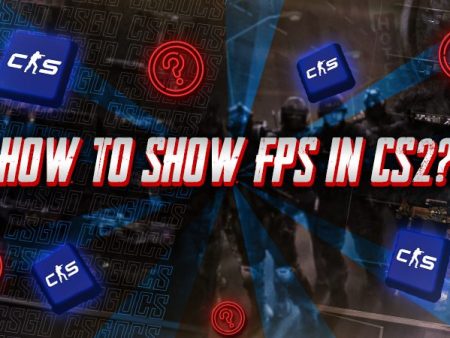

Always wondered why Premier felt sweatier. Leaderboards and map pick pressure really change the vibe.